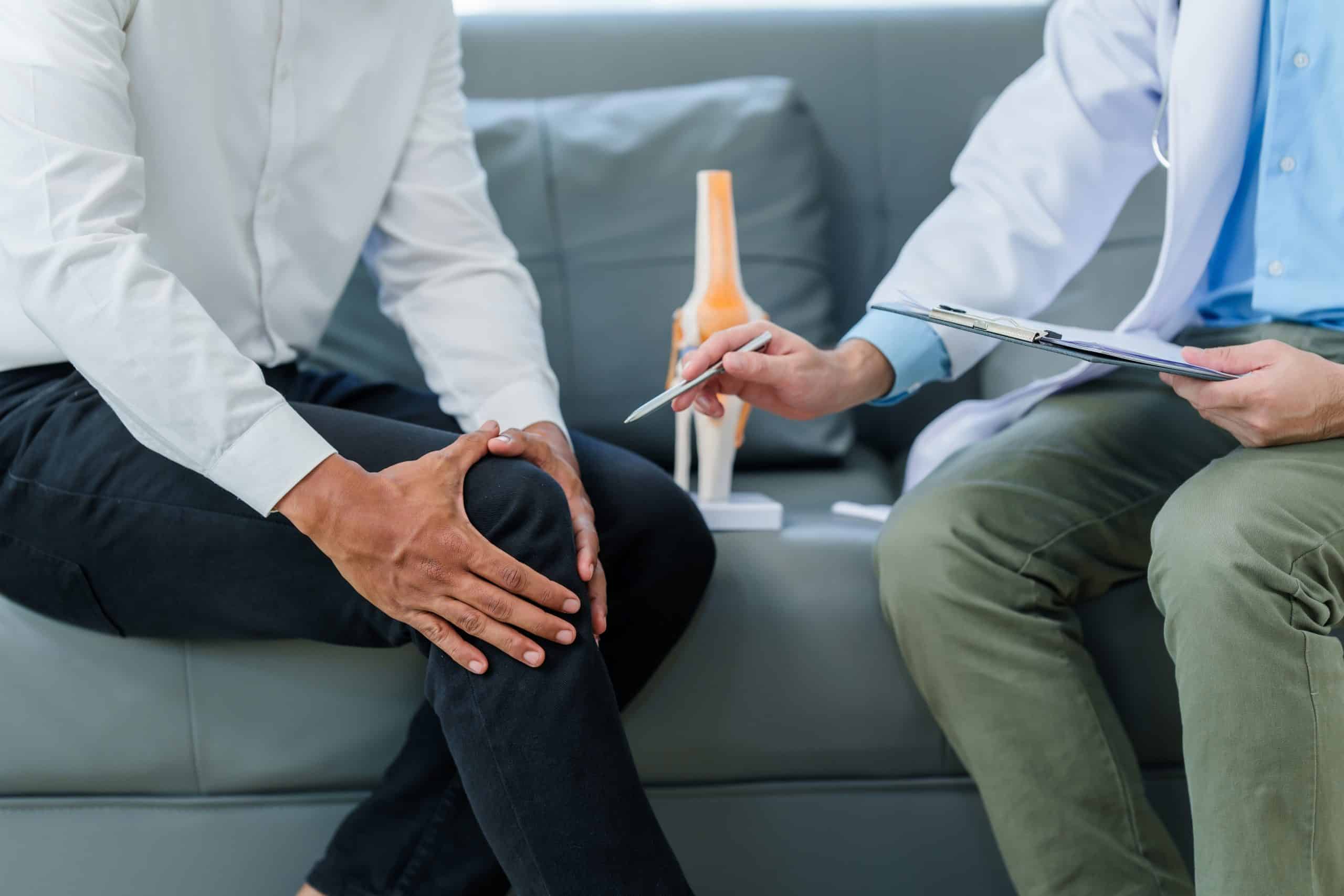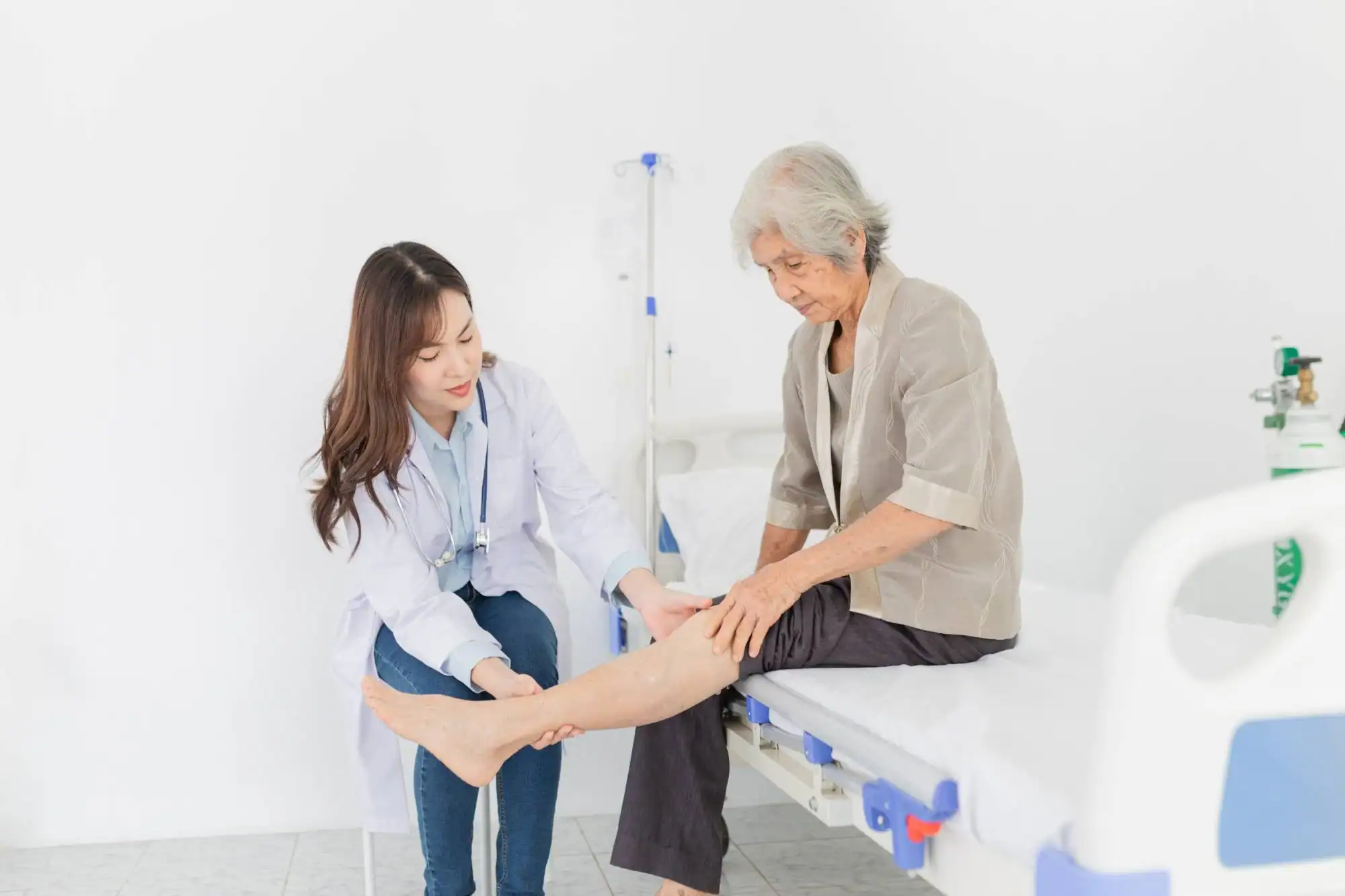Summary:
What Makes Alternative Pain Management Different from Traditional Treatments
Traditional pain management often focuses on masking symptoms—pop a pill, get temporary relief, repeat. Alternative therapies work differently. They target the underlying mechanisms causing your pain rather than just dulling the signals.
Integrating alternative therapies alongside conventional medical treatments can obtain better results in your lifestyle. This approach may help reduce reliance on medication, minimize side effects, and provide patients with a broader toolkit for managing their pain. Instead of depending on pharmaceuticals that might lose effectiveness over time or cause unwanted side effects, you’re working with your body’s natural healing systems.
The goal isn’t just pain reduction—it’s restoring function, improving quality of life, and giving you control back over your daily activities.
How Acupuncture Actually Works for Pain Relief
Acupuncture isn’t mystical—it’s neurological. When thin needles are inserted at specific points, they stimulate nerve pathways that influence how your brain processes pain signals. Practiced for thousands of years in traditional Chinese medicine, acupuncture is an alternative method of treating medical conditions by inserting thin, flexible needles into target points in the body to relieve discomfort and pain and restore the body to its natural balance. Today, acupuncture is widely used by licensed Western practitioners, doctors, and care providers as a complementary therapy to conventional medicines and procedures.
Recent research shows impressive results. Patients experienced a 65.8% reduction in pain severity on average, with those receiving 12 or more sessions reporting a 75.5% reduction. That’s not placebo effect—that’s measurable improvement in people’s lives.
The process triggers your body’s release of endorphins and other natural pain-relieving chemicals. It also reduces inflammation around affected areas and can help reset hypersensitive nerve pathways that keep sending pain signals long after the original injury has healed.
The ACP recommends acupuncture as a first-line treatment for acute and subacute LBP on the basis of their 2017 SRM. When the American College of Physicians puts acupuncture ahead of opioids in their treatment guidelines, that tells you something significant about its effectiveness and safety profile.
Most patients find the treatment surprisingly comfortable. Most of our patients find acupuncture painless; others report a “grabbing” sensation after the needle is inserted. Sessions typically last 20 minutes to an hour, and many people actually find them relaxing enough to fall asleep during treatment.
Physical Therapy and Movement-Based Pain Management
Physical therapy isn’t just exercises on a sheet of paper you ignore at home. Modern physical therapy for pain management is sophisticated, targeted, and personalized to address the specific mechanical issues contributing to your pain.
Physical therapy is often a cornerstone of integrated pain management, especially for orthopedic issues like back pain treatment or injury rehabilitation. We utilize techniques within orthopedic physical therapy and sports physical therapy to address your specific needs.
Your physical therapist becomes a detective, figuring out which muscles are weak, which joints are restricted, and how your movement patterns might be perpetuating your pain. They use hands-on techniques to restore mobility, design exercise programs that rebuild strength in the right places, and teach you how to move in ways that support healing rather than re-injury.
Therapeutic exercise programs are designed to improve strength, flexibility, posture, and body mechanics, addressing underlying physical contributors to pain. This type of active rehabilitation focuses on improving long-term function and is essential following various types of surgery.
The beauty of physical therapy is that it gives you tools you can use independently. Once you understand what your body needs and how to provide it, you’re not dependent on appointments or medications for relief. You become an active participant in managing your own pain.
Many patients see significant improvements within a few weeks, but the real value comes from the long-term changes in how your body functions. You’re not just getting temporary relief—you’re building resilience against future pain episodes.
Want live answers?
Connect with a NY Spine Medicine expert for fast, friendly support.
Integrative Pain Management Approaches in NYC
NYC’s leading pain management practices aren’t choosing between traditional and alternative approaches—they’re combining the best of both. We incorporate alternative therapies through careful patient assessment, personalized planning, and ongoing monitoring. Methods like physical therapy, manual therapy, acupuncture, and mind-body practices are often used in conjunction with traditional medical care to treat pain.
This integrated approach means you get comprehensive care that addresses pain from multiple angles. Your treatment plan might include targeted injections for immediate relief while acupuncture works on resetting your nervous system’s pain response and physical therapy rebuilds the strength and mobility you need for long-term success.
The key is personalization. What works for your neighbor’s back pain might not work for yours, even if the symptoms seem similar.
Evidence-Based Alternative Therapies Beyond Acupuncture
Acupuncture gets a lot of attention, but it’s just one tool in a growing toolkit of evidence-based alternative therapies. They include acupuncture, chiropractic, herbal medicine, massage, magnetic waves, hypnosis, biofeedback, meditation, yoga, and tai-chi.
Therapeutic massage, for example, isn’t just relaxation—it’s a medical intervention that can reduce muscle tension, improve circulation, and help break up scar tissue that contributes to pain. Therapeutic massage can help reduce muscle tension, improve circulation, and alleviate stress associated with chronic pain.
Mind-body approaches like meditation and yoga might sound soft, but they’re backed by solid research showing they can actually change how your brain processes pain signals. Mind-body practices like yoga, tai chi, or mindfulness meditation help patients develop coping strategies, raise body awareness, and potentially lessen the perception of pain.
Manual therapy techniques used by skilled practitioners can restore joint mobility, reduce muscle guarding, and improve the mechanical function of your spine and other joints. These hands-on approaches often provide immediate relief while supporting your body’s natural healing processes.
We offer multiple approaches including: Acupuncture – This ancient Chinese practice involves the strategic placement of thin needles in specific points on the body to stimulate the body’s natural healing processes and reduce pain. Massage Therapy – Targeted massage techniques can help to reduce muscle tension, improve blood flow, and alleviate pain in various areas of the body. Chiropractic Care – Chiropractors use spinal adjustments and other manual techniques to realign the body’s musculoskeletal structure, which can help to reduce pain and improve overall function. Physical Therapy – A physical therapist can work with patients to develop a personalized treatment plan that may include exercises, stretches, and other modalities to improve mobility, strength, and pain management.
The advantage of these therapies is that they work synergistically. Acupuncture might calm your nervous system while massage releases muscle tension, and physical therapy rebuilds the strength and coordination you need to maintain those improvements.
What to Expect from Integrated Pain Management Treatment
Your journey with alternative pain management starts with a comprehensive evaluation that goes beyond just asking where it hurts. Our integration begins with a thorough patient evaluation. The process involves understanding your pain history, its characteristics, previous treatments, lifestyle factors, and preferences regarding therapies. A complete physical exam helps pinpoint the pain sources. Based on this assessment, an intricate pain management plan is developed.
This isn’t a one-size-fits-all approach. Your treatment plan considers your specific condition, lifestyle, preferences, and goals. Some patients respond quickly to acupuncture, others need more intensive physical therapy, and many benefit from a combination approach that evolves as they progress.
Once an integrated plan including alternative therapies begins, ongoing monitoring is at the forefront. Progress toward pain reduction and functional goals is tracked regularly. Adjustments to the types of therapy, frequency, or intensity are made based on your response, allowing the plan to be receptive to your evolving needs throughout the rehabilitation.
You’ll typically start seeing improvements within a few sessions, though the timeline varies depending on how long you’ve had pain and what’s causing it. Acute injuries often respond faster than chronic conditions that have been developing for years.
The process is collaborative. You’re not just a passive recipient of treatment—you’re learning about your condition, understanding what helps and what doesn’t, and developing skills you can use to maintain your progress long-term.
Most importantly, we work with practitioners who understand that pain affects every aspect of your life. We’re not just treating your back or your neck—we’re helping you get back to the activities and lifestyle that matter to you.
Getting Started with Alternative Pain Management in NYC
Alternative therapies aren’t alternative anymore—they’re becoming the mainstream approach for people who want effective pain relief without the risks and limitations of traditional pharmaceutical management. Cutting edge clinical studies are now validating the tried-and-true efficacy of acupuncture, cupping and herbal medicine.
The research is clear: integrated approaches that combine acupuncture, physical therapy, and other evidence-based alternative treatments can provide significant, lasting pain relief for the majority of patients. You don’t have to choose between getting real results and avoiding harmful side effects.
If you’re ready to explore what alternative pain management can do for you, NY Spine Medicine offers comprehensive evaluation and personalized treatment plans that address your specific needs and goals. Your pain doesn’t have to define your life—and you don’t have to accept limited options for dealing with it.





